This raised bed outside the kitchen window is one spot that the deer have influenced, deciding for me what should be planted here. What I wanted it to be was a bed full of liatris (gayfeather) and echinacea (purple coneflower), two of my favorite native plants that I'd see several times a day when at the kitchen sink.
Right now it's a wonderful blanket of Rudbeckia triloba (aka brown-eyed Susan), but only because of my planting strategy here has changed. These yellow wonders would never have been included in this bed because the plants typically get too large. At 4' (1.2m) or more, they would have overpowered the liatris and coneflowers, so I would have kept them out.
 |
| Somehow they missed a bloom. Note the snipped stems. |
I try every year to get the liatris and echinacea going again, putting in several new plants every spring -- but I did this for the last time this past spring. I've realized that the deer have "won" this bed, so I needed to modify my expectations and plant something different.
First, I'll talk about the triloba. It's a good thing that I really love this plant because it reseeds quite readily. In previous years I pulled dozens of seedlings out of here, keeping only one or two if they happened to grow in a good spot.
This year though, I let many, many plants grow. It's because the deer love to chomp off the tops of these guys in this bed, keeping them pruned to 12-18" (30-45cm) tall. If I had left only one or two plants, the entire thing would probably have been eaten, but this way I ensure I get blooms.
There is also Callirhoe involucrata (poppy mallow) growing here, and I do get to see some blooms in the early summer, but once I can notice it the deer do too:
Or maybe it's rabbits (or both). But this plant once got quite large -- a few feet across -- but now doesn't have that chance.
You may have noticed from the first few photos that I have a large sage plant growing here. About a month ago I realized that my fight was lost, and that I really needed to plant things that the deer would not want to eat (like the sage).
So the poppy mallow got a new neighbor: Monarda fistulosa
When I saw these growing by the acre in dry meadows recently, I knew it would have a place in my garden -- the deer won't touch its minty foliage!
Speaking of minty leaves, I also added an Agastache rupestris:
This will hopefully get nice and full and provide a bit more of a "barrier" to those herbivores using their noses to find the tasty plants.
There were already a few more deer-proof plants here, like the Artemesia 'Powis Castle':
It took a big hit over last winter but has come back at a more manageable size. The foreground plant which is green and has thin, grass-like blades is slender mountain mint (Pycnanthemum tenuifolium), another new one that the deer reportedly won't touch.
Next year this should be a much different bed indeed! (Especially since the climbing rose, infected with RRV, needs to come out.)
I wonder what the deer will move on to? The cactus further up the hill?
.
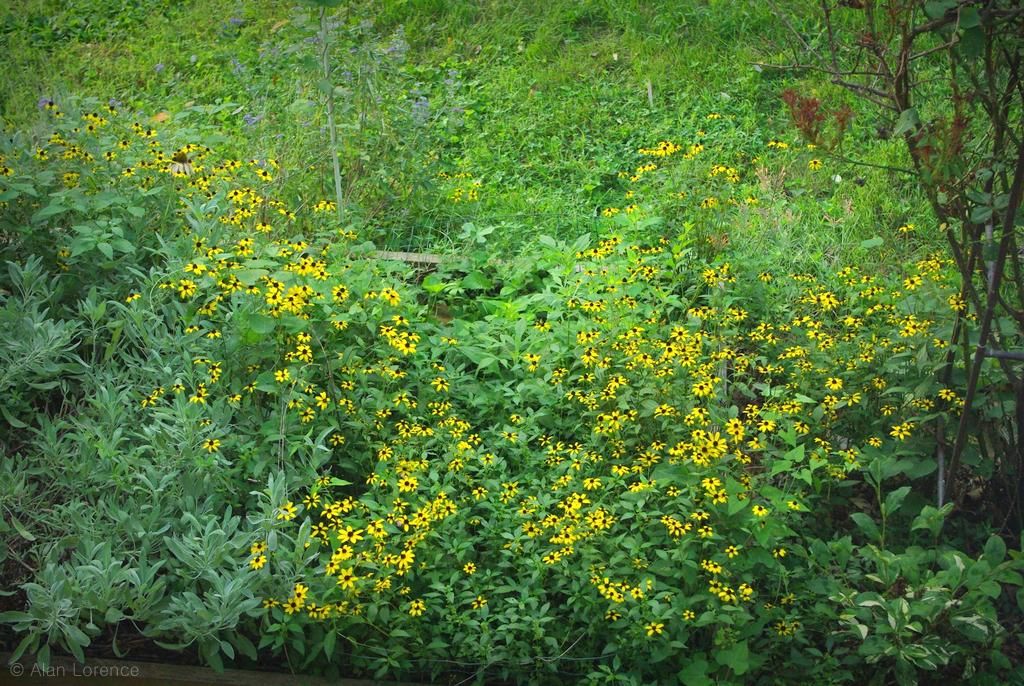
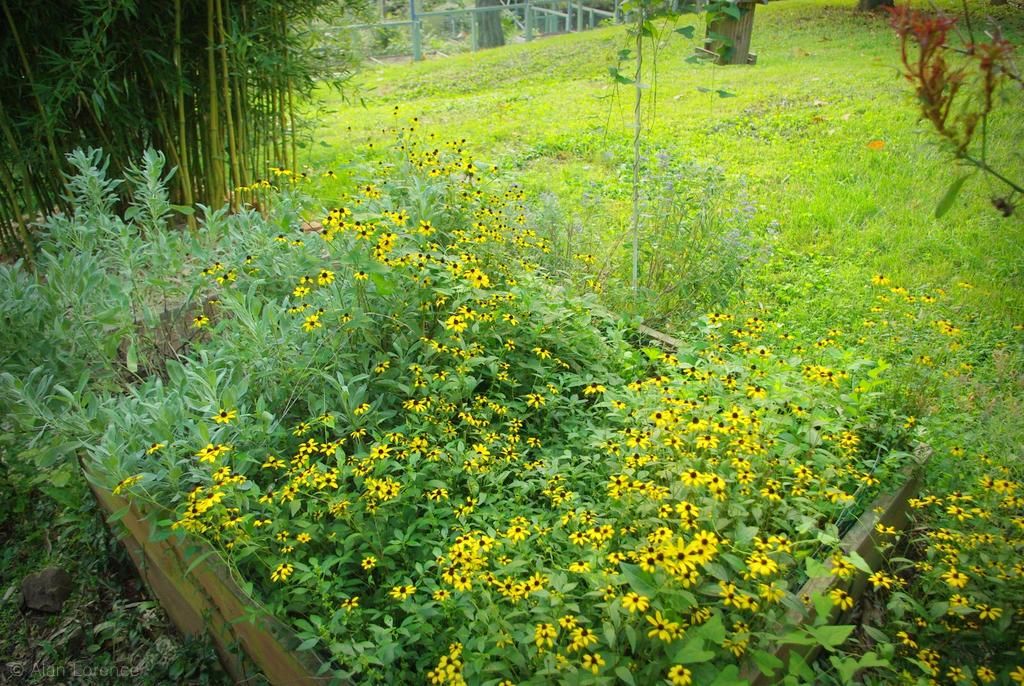
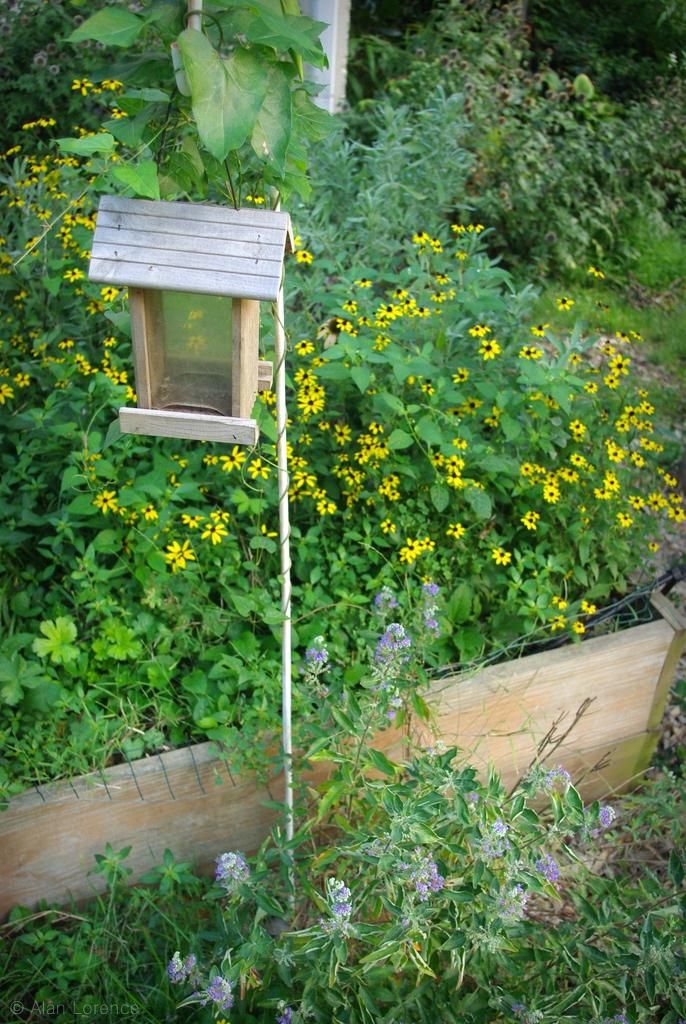
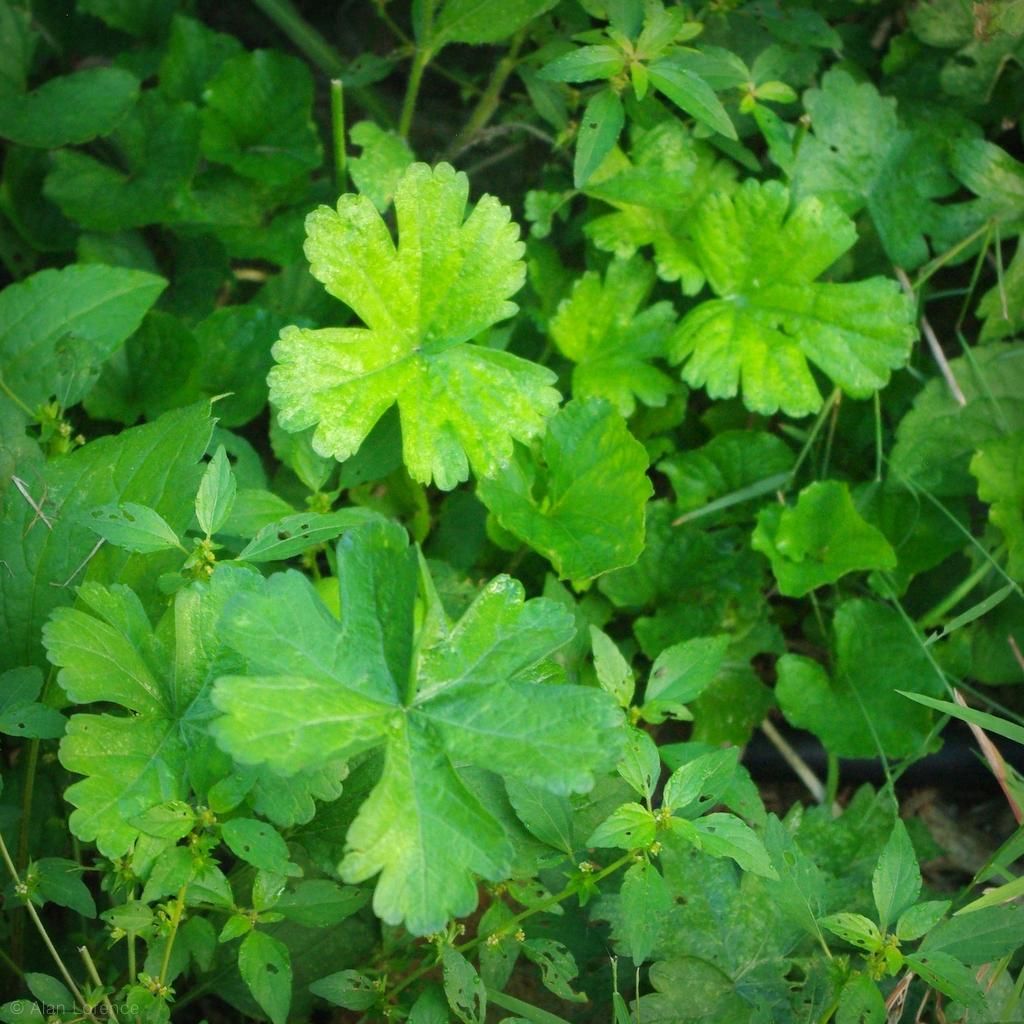

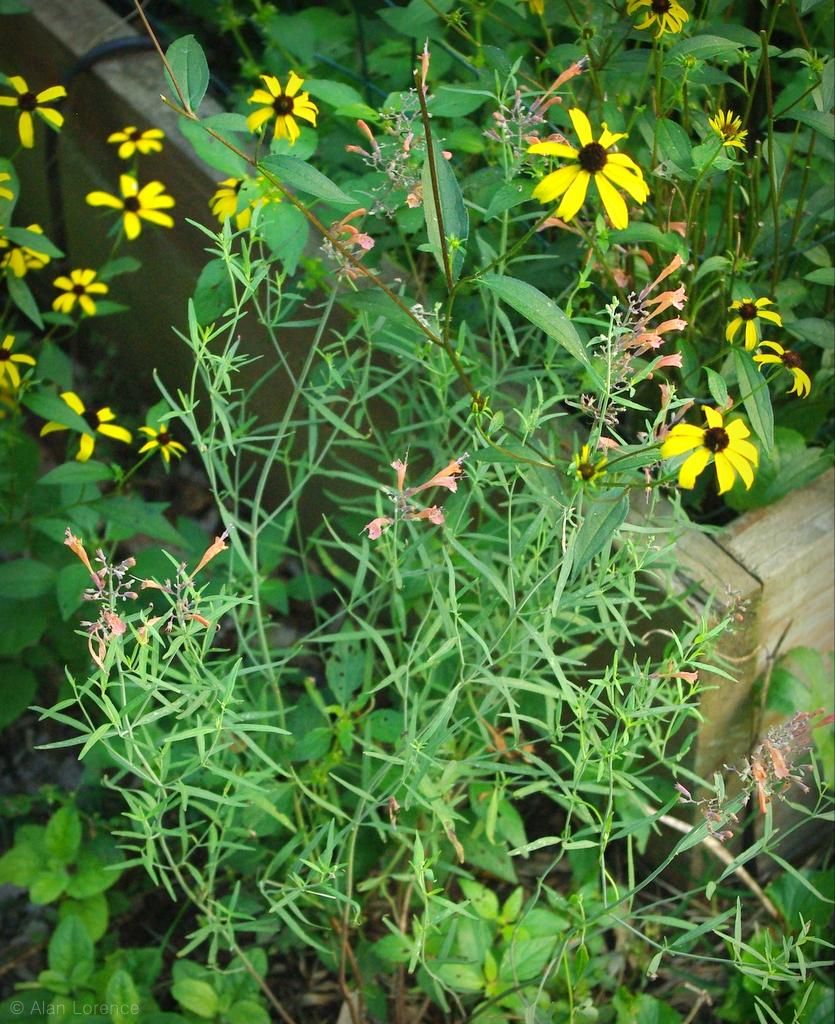



I'm so glad I don't have to deal with deer. You're right, they dictate what you get to have in your garden unless you build a fortress to keep them out--and who wants that?
ReplyDeleteGerhard: But they're still quite nice to see moving through the yard. Just try not to get excited when you see a fawn in the early summer! The worst is the "deer-resistant" plants that rabbits or woodchucks love. The multi-front attack is not fair. This is why I'm wary of anything that's "deer-resistant".
ReplyDeleteDeer, along with rabbits can be such a nuisance. But your adaptation to deer have paid dividends :) And will they eat cactus too? Hopefully not
ReplyDelete